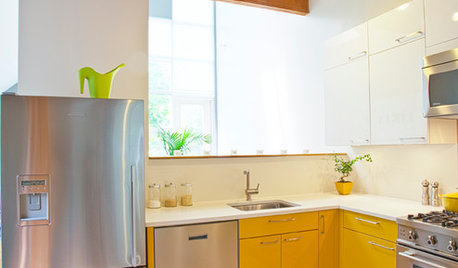We have a really old scarlet azalea, probably at least as old as our house which dates back to the 1930's. It's currently really overgrown and really leggy due to being crowded out/neglected for years behind all sorts of wild brambles, sassafras, and other things that denied it light/room. Anyway, we've been cleaning up our property and I was wondering as we remove all the shrubbery around it, what the best thing to do to it was? I believe it's supposed to be an evergreen azalea but it's so leggy it only really has one airy layer of leaves.
Next year should I cut it to the ground or something? I hear people can do that to lilacs and azaleas and they will come back....any suggestions?







morz8 - Washington Coast
rhodyman
Related Professionals
Lowell Landscape Architects & Landscape Designers · Severn Landscape Architects & Landscape Designers · West Chester Landscape Architects & Landscape Designers · Biloxi Landscape Contractors · Deerfield Beach Landscape Contractors · Dixon Landscape Contractors · Fridley Landscape Contractors · Hoover Landscape Contractors · Manhattan Landscape Contractors · Nashua Landscape Contractors · Wells Landscape Contractors · Baileys Crossroads Landscape Contractors · Ansonia Landscape Contractors · San Pablo Landscape Contractors · Castaic Gardeners & Lawn Careoath5Original Author
morz8 - Washington Coast
rhizo_1 (North AL) zone 7
rhodyman
rhizo_1 (North AL) zone 7
rhodyman
oath5Original Author
rhodyman
morz8 - Washington Coast